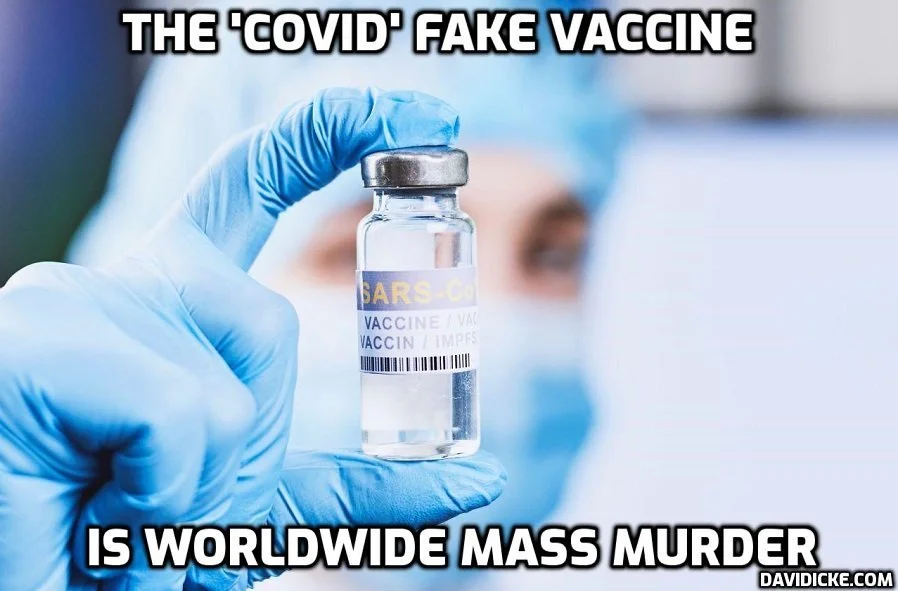Expert & Lead Detective Testified that No Threat to Police Existed when White Cop Fired his AR-15 into Car Killing Jordan Edwards b/c Teens Drove Vehicle Away From & Had Already Passed Cops
/From [HERE] and [MORE]Testimony has ended in the murder trial of a white former Texas police officer who fired into a moving car filled with black teenagers leaving a house party, killing a 15-year-old passenger.
Roy Oliver, a former Balch Springs police officer, is on trial for the murder of 15-year-old Jordan Edwards. He’s also facing two counts of aggravated assault.
Tuesday, jurors were shown new dash camera and body camera footage from other responding officers at the scene. In the footage played in court, one of the teens in the car with Edwards can be heard crying and asking why an officer opened fire on them.
“He’s only a freshman at Mesquite High School, sir. Why did he shoot?”
On April 29, 2017, Oliver and a second officer were breaking up a large teenage house party when they heard shots outside. Prosecutors said those shots came from another group who pulled into a nearby nursing home parking lot and left.
Officers, investigating the gunshots, confronted a vehicle leaving the house party. Five unarmed teens were in the vehicle. Oliver shot into the car and killed Edwards, who was in the front passenger seat.
Video showed Mr. Oliver firing his AR-15 rifle into a car that was traveling away from him and another officer. The car was carrying Jordan, his two brothers and two other teenagers; Jordan, who was sitting in the front passenger seat, was hit in the head.
Oliver’s defense has said he fired because he believed the driver was trying to run over a second officer at the scene. Last week, Officer Tyler Gross testified he did not believe his life was in danger.
Monday, a forensic video analyst testified Gross and Oliver’s body cameras showed the car was not driving toward Gross and that Oliver fired the first shot after the car passed Gross.
In some of the most critical testimony of the trial, a former FBI agent and current use of force expert testified the shooting was not reasonable. Dr. Philip Hayden told the jury he believes Oliver decided to fire into the vehicle based on an assumption Gross was in danger. Hayden said Oliver could have scanned the scene to see the vehicle was not close to striking Gross.
Hayden also said the decision was not a “split second” one, pointing to body camera footage that showed roughly nine seconds pass between the time Oliver grabbed a rifle from his patrol car to the time he fired the first shot.
“There was no threat to Officer Gross at any time. He says so and I don’t see anything in the videos that show it to be a threat,” Hayden testified. “So, I don’t believe that Officer Oliver would have seen it as a threat.”
Hayden also testified firing into a vehicle is not the best practice in policing when trying to stop it.
“I think it’s only by the grace of God they didn’t get hit,” Hayden said of the other four teens in the car.
Defense attorney Jim Lane asked Hayden if the shots fired from the nursing home parking lot would have put officers in a heightened state of concern as they were breaking up a house party and sending young people out onto the street.
Hayden testified it would be concerning to officers, but maintained he believes Oliver used excessive force.
On Wednesday, the lead detective at the Dallas County Sheriff’s Office — who investigated the April 29, 2017, shooting — echoed others who have testified in the trial of Roy Oliver, 38, saying Oliver “did not act appropriately” when he fired five rounds into a car full of teenagers.
One of those rounds hit 15-year-old Jordan Edwards in the head. He was not armed and no weapons were found in the Impala he occupied.
Jurors also saw pictures of the car after the shooting.
The passenger side window was shattered and a bullet hole could be seen in the windshield in front of the passenger’s seat where Edwards sat. A bloody bottle of strawberry lemonade sat near the center console. Edwards’ brother, Vidal Allen, testified last week that it was the last drink Edwards bought that night.
Detective Garrick Whaley also showed the jury diagrams he created that depicted where each of Oliver’s five bullets went.
It was the third round that investigators think hit Edwards. One round hit the back passenger door but didn’t go through.









































































































































































































































































